Last September 30, Sunday, together with our Cinema Professor, Datu Ashley Jammal Abbas, we went to Mowelfund at Quezon City to experience and also to remember how rich the Philippines’ Cinema industry back then.

I’m sorry. this is the only picture I have from the tour. (The result of a not-a-camera-friendly) Hahaha
Mowelfund is a short term for Movie Workers Welfare Foundation Inc. It is a non-profit social welfare program that established in 1974. It was founded by Joseph E. Estrada for the welfare of workers in the Philippines’ Cinema Industry. It provides private insurance and SSS benefits who work on a per picture basis like stuntmen, technicians, cameraman, propsmen and other film crew members. And also, Mowelfund also have a film training center, it is called Mowelfund Film Institute (MFI), they mold an individual to help and also learn about the need of mainstream film industry and independent cinema. Mowelfund also helped to rationalize the movie industry, because some of the costumes or important props from the past movies are still in the museum, it gives life again though it still over decades ago.
Early Philippine films
Set aside from the American colonialism started in 1903, the Father of Philippine Movies, Don Jose Nepumuceno, launches his career as the first Filipino to make a film. His film was based on a higly-acclaimed musical play of that day, Dalagang Bukid in 1919. It starred by Atang de la Rama.
1930’s to 1940’s
The standard formula offered by genres like melodrama, comedy, action, horror, musical even cowboy films came and made in the thirties.
Wartime Films
On December 8, 1941, the four year Japanese war caused Philippine Cinema industry to come to a standstill. The Japanese military took the control of film studios and theaters. All movie houses closed down. But during this era, there are Filipino stars shined, including Fernando Poe Sr., Leopoldo salcedo, Norma Blancaflor, Ely Ramos and Carmen Rosales.
The 50’s (Golden Age)
Into this era, it is the rising of star system, studio system and the genre classification of films here in our country.
Studios kept stars under contract making them appear only for their own films. LVN had Nida Blanca and Nestor De Villa, Sampaguita had Gloria Romero and Luis Gonzales, Premiere had Fernando Poe Jr.
Genre films classified films into types providing identifiable formula for each of the films made whether it is melodrama, comedy, action, horror, fantasy, musical and cowboy films.
The stars were identified by audiences according to the movies they were typecast. For example, Charito Solis was a dramatic actress, Fernando Poe Jr and Joseph Estrada are action stars, Nora Aunor was first knows as a musical talent and Dolphy was famous as a Comedy King
The 60’s
In the period of the sixties, all of the star system and studio system as well as the Tagalog and Cebuano films are went down and declined. Because of the labor problems and financial difficulties, the big studios could no longer sustain producing films and that’s how Independent Filmmaking came and emerged.
One of the leading Independent films was the Tagalog Ilang Ilang productions that hired stars came from big studios. On the other hand, some of the movies stars from the 50’s put up their own production like Fernando Poe Jr with his FPJ Films, Joseph Estrada with his JE Productions, Amalia Fuentes with her AM Productions.
In this era, the sixties saw the rise of Susan Roces, Amalia Fuentes, Charito Solis, Lolito Rodriguez, Marlene Dauden, Luis Gonzales, Ric Rodrigo, Leroy Salvador, Dolphy and FPJ.
By 1966, former Manila Mayor Antonio Villegas set up the Manila Film Festival to give boost to the National popularity of tagalong films.
Seventies
During the martial law, former president Ferdinand Marcos and the government tried to conrol the film industry while keeping it in “good humor” so that the government continued
However, some of the stars said that this era is really deserved to be called as Golden Age than the 50’s. Because during this period, most of the great films of all time in the Philippine are made into this era. During that year, the greatest film directors Lino Brocka and Ishmael Bernal put up their names in to the limelight because of their great films.
The 80’s to present
Through the works of Lino Brocka, the 80’s are still continue to produced good films like Bayan Ko: Kapit sa Patalim. But up to present, unlike to the past era, the number of films being produced is far way different from the big numbers of films that they produced over so many decades ago.
It is sad to imagine that over from a different changes in to the era of Philippines’ cinema the richness of the industry is slowly and slowly gone through the years.
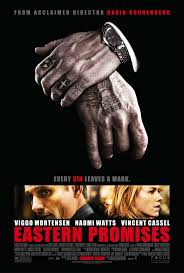
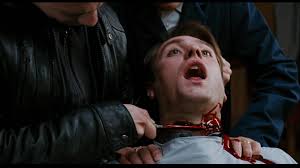
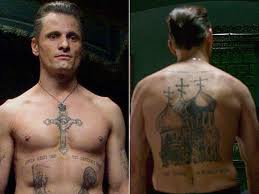
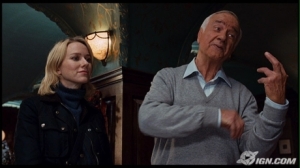
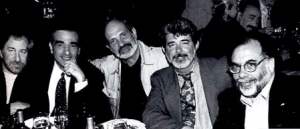
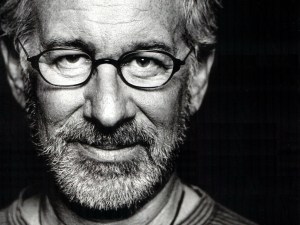
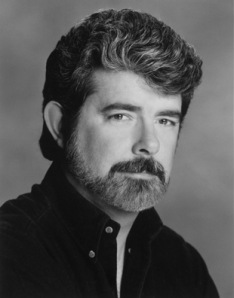
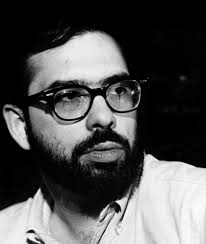
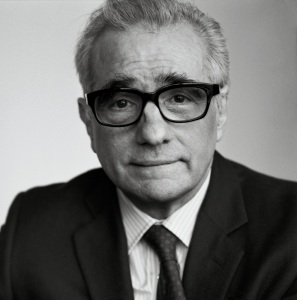
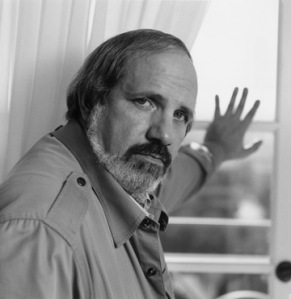
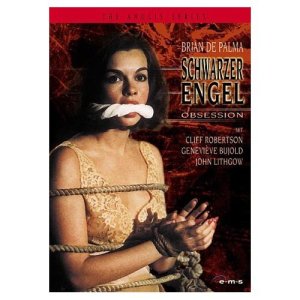
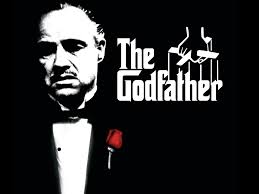
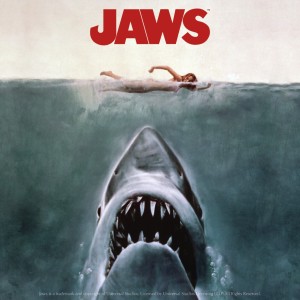
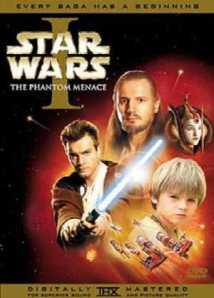
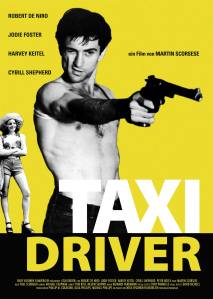
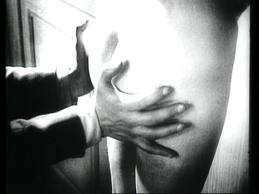
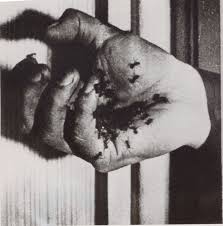
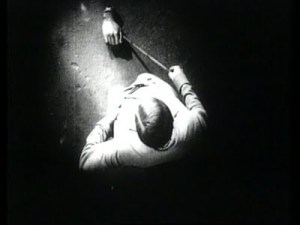
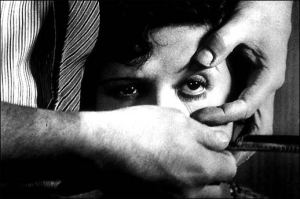

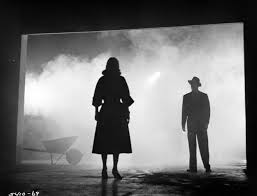
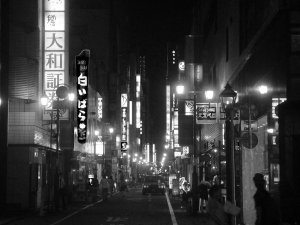
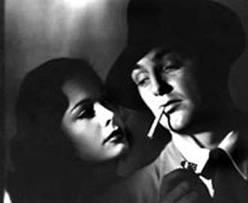
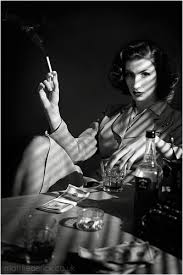

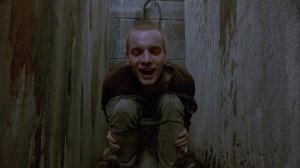








Recent Comments